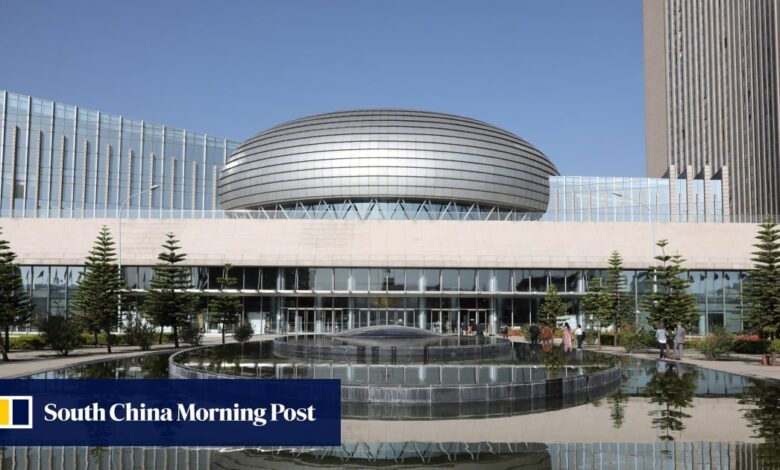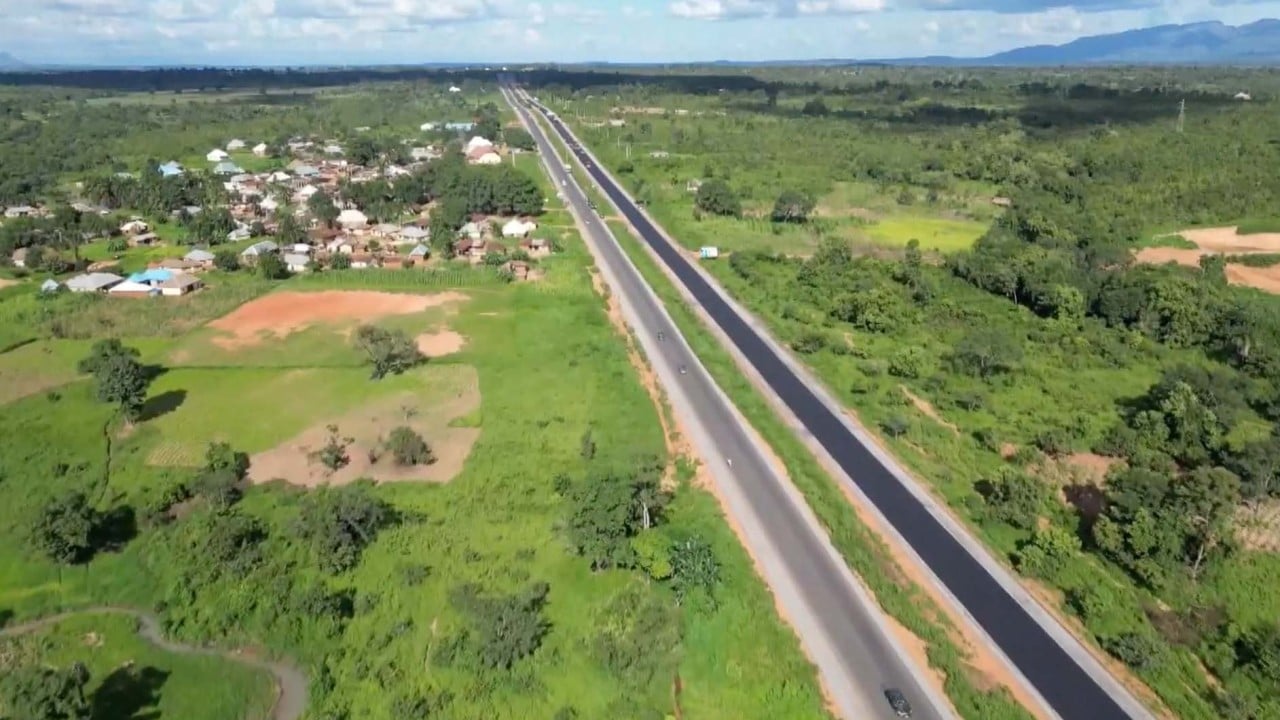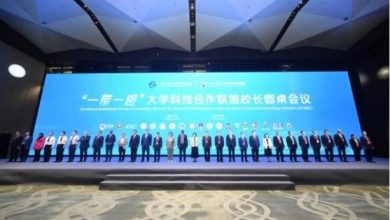China defends Africa investments in run-up to belt and road forum

[ad_1]
China’s investment in Africa does not “change the rules” of development finance, according to a report released ahead of next week’s third Belt and Road Forum for International Cooperation – but Beijing has conceded the continent has a debt problem that cannot be ignored.
Its sovereign loans to Africa totalled around US$160 billion between 2000 and 2020, two-thirds of which were made after Beijing’s Belt and Road Initiative was rolled out in 2013, according to a report published by Peking University on Thursday.
“China’s financing policy goals for Africa are highly consistent with the United Nations’ 2030 Sustainable Development Goals,” the report said. “It is an important component of the existing development financing system and helps fill the funding gap.”
West Africa is new focus for Chinese investors amid loans decline
West Africa is new focus for Chinese investors amid loans decline
The report argued a 1 per cent increase in China’s loans would contribute to 0.18 to 0.3 per cent of economic growth in Africa, helping to improve local infrastructure, create industrial jobs and boost school enrolment rates.
Issued in part as a response to claims of a possible “debt trap” and worries that China might slow down future investment in Africa, the report came ahead of the two-day summit, which starts on Tuesday.
“I cannot deny the challenges or difficulties that China and Africa have encountered in financing cooperation,” said Wu Peng, director of the Ministry of Foreign Affairs’ African department, during a Thursday press conference held for the document’s release. “The debt problem is right in front of us, and we cannot ignore it.”
We are moving towards ‘small but beautiful’ projects
Africa is one of the “most important continents” taking part in Beijing’s Belt and Road Initiative, with 52 African countries signing onto an agreement or memorandum of understanding as of June, according to the official Xinhua News Agency.
However, China’s loans to Africa have dropped annually from a 2016 peak of US$28.4 billion.
They fell sharply when the coronavirus pandemic hit, with the rate of decline exceeding 75 per cent in 2020.
Last year they fell to US$994 million, the lowest since 2004 according to data published by Boston University’s Global Development Policy Centre.
Angola’s interest payments double as Chinese debt freeze ends
Angola’s interest payments double as Chinese debt freeze ends
“We are moving towards ‘small but beautiful’ projects,” Wu said, stressing that China will not stop supporting infrastructure in Africa. “If a country’s solvency and sovereignty situation is good, and there is no issue with the project’s economic feasibility, we will provide financing.”
Contrary to media narratives about Chinese “debt traps”, the main contributors to the debt crisis in Africa come from Western countries, said Justin Yifu Lin, dean of Peking University’s Institute of New Structural Economics.
Lin said monetary tightening in the United States and other developed countries causes interest rate increases that force African countries to pay more on their borrowings, while slowdown in the global economy reduces exports from African countries and their ability to earn foreign exchange and repay debt. He made the comments in an interview with China Daily, a state news outlet.
Boston University has estimated China’s total lending to Africa at 64 per cent of the World Bank’s financing for the continent from 2000 to 2022, and nearly five times the amount provided by the African Development Bank in the same period. After 2020, however, China’s sovereign loan total fell below both.
Angola, Ethiopia, Kenya, Zambia and Egypt are China’s top five borrowers in Africa, with most loans in projects related to energy, transport, information and communications.
[ad_2]
Source link






